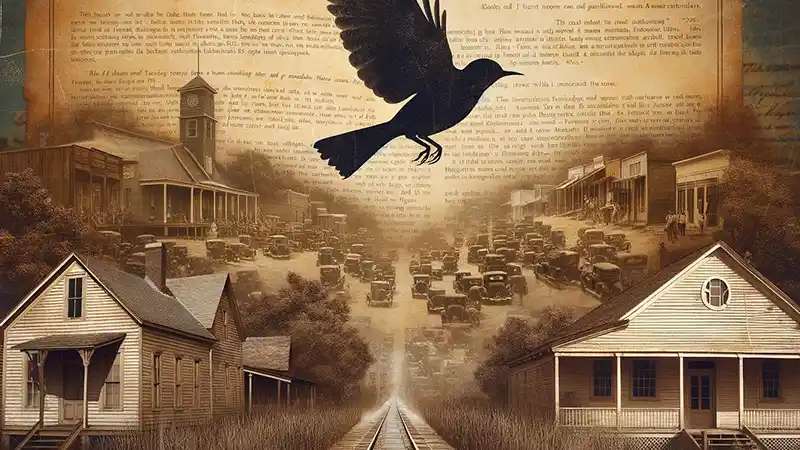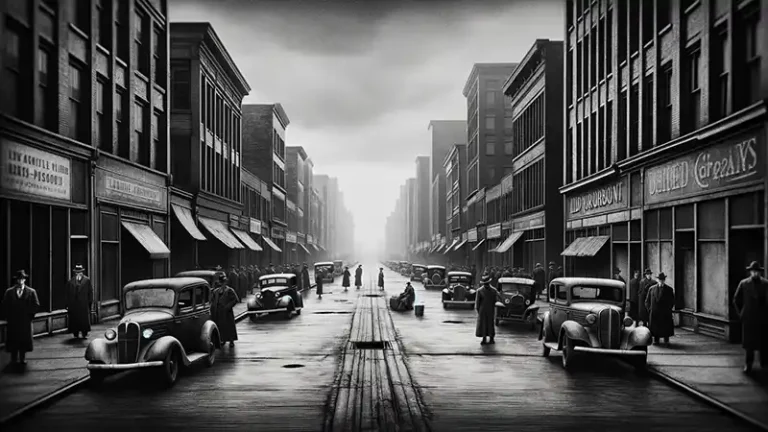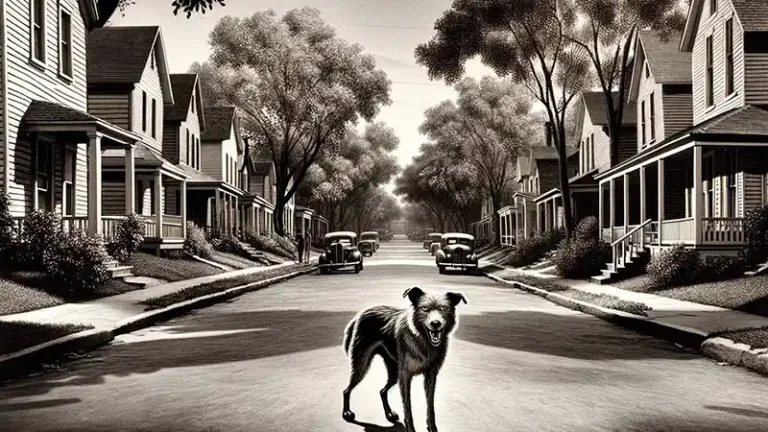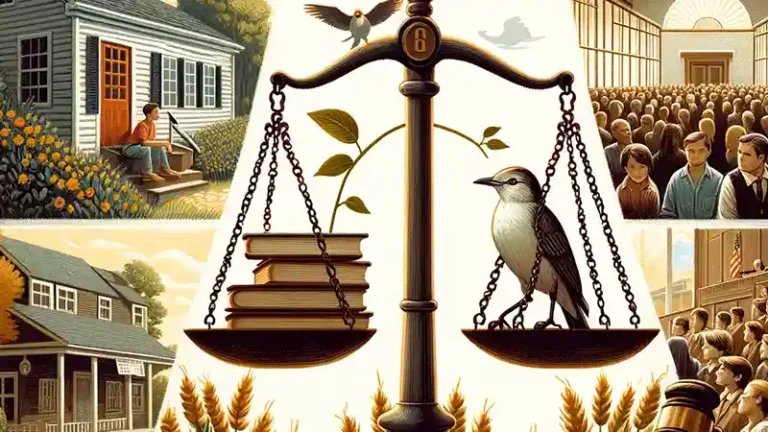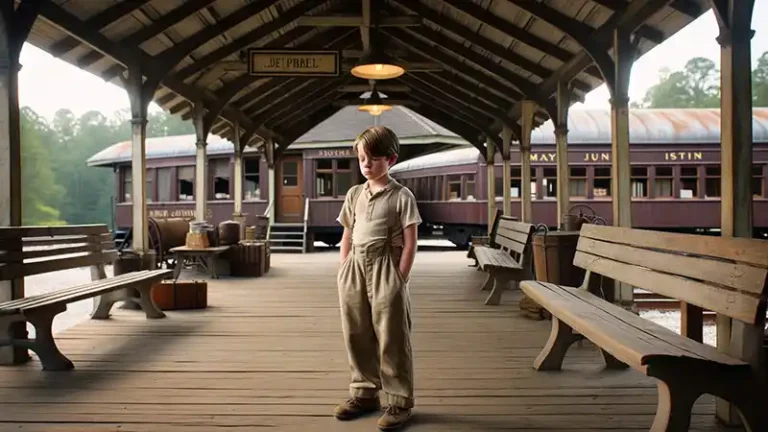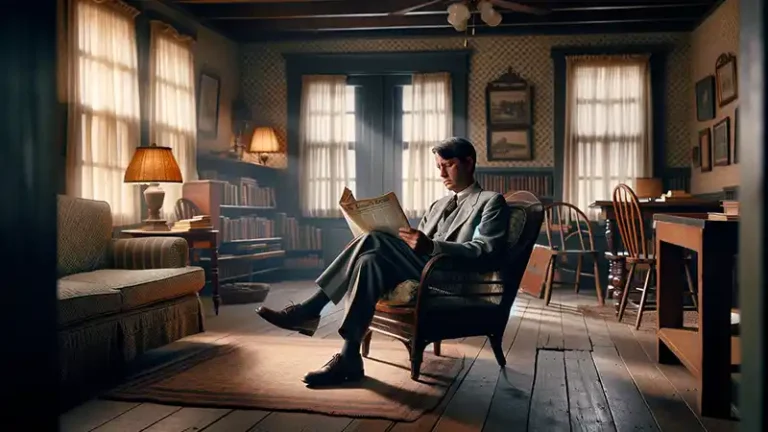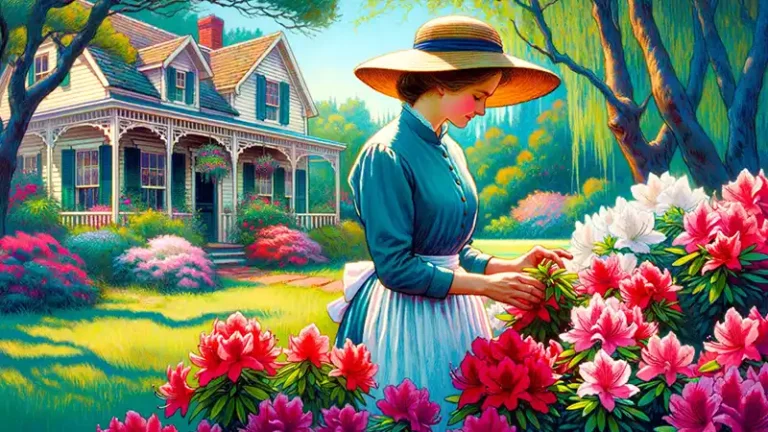To Kill a Mockingbird Chapter 23 and The Trouble I’ve Seen
In this lesson, we delve into the interplay between literature and history, examining To Kill a Mockingbird Chapter 23 alongside the powerful documentary The Trouble I’ve Seen. This lesson is designed to provide a multifaceted understanding of racial injustice, both in the fictional setting of Maycomb and the real historical context presented in the film. As students explore Chapter 23, they will uncover deeper layers of character development, societal dynamics, and moral challenges faced by the characters in the wake of the trial. Concurrently, The Trouble I’ve Seen offers a poignant, real-world counterpart to these themes, presenting an in-depth look at historical injustices and the ongoing struggle for recognition and healing. This lesson aims to bridge the gap between past and present, fiction and reality, encouraging students to critically analyze and reflect upon the complex nature of justice, prejudice, and the human experience.
Learning Goals
- I will be able to analyze and interpret historical injustices.
- I will be able to draw parallels between historical events and literature.
- I will be able to apply historical and literary insights to contemporary issues.
Materials
TKAM Digital Copy
TKAM Audio Chapter 23 (30:13)
The Trouble I’ve Seen
The Trouble I’ve Seen Worksheet
Chapter 23 Questions
Process
- Watch the vide, The Trouble I’ve Seen and answer the handout questions.
- Read To Kill a Mockingbird Chapter 23.
- Answer the Chapter 23 questions.
The Trouble I’ve Seen Questions
As you watch the video The Trouble I’ve Seen, please answer the following questions:
- Why does Chickasaw County resist attempts to acknowledge the injustice that occurred at the expense of Malcolm Wright and his family?
- The film quotes the Mayor of Houston, Mississippi, as saying: “If we’ve already closed it, you start the healing process of a wound. You have another wound that you want to reopen. Reopening a wound, it takes longer to heal.” Do you agree with him? Does correcting the historical record of past violence and injustice reopen old wounds? Does it help or hinder the chance for a community to heal?
- Summarize the story of John Earl Reese. How was justice denied in his case? How was the history of his murder erased?
- What did Kaylie Simon, the law student, do to try to correct the injustice done to Reese? Did she succeed?
- How has this film helped you think about the consequences of forgetting or ignoring past violence and injustice? What about the consequences of remembering?
Chapter 23 Questions
- Assuming Miss Stephanie’s account of Bob Ewell spitting at Atticus in this chapter is true, how do you explain Atticus’s decision not to defend himself?
- What similarities does Atticus see between the men at the jailhouse the night before the trial and the jury the next day? What does he think causes juries to unjustly convict innocent black men?
- What does Atticus mean when he tells Jem, “With people like us—that’s our share of the bill. We generally get the juries we deserve?”
- How does Jem respond to the news that one of the jurors was a Cunningham, and that he had initially moved to acquit Tom? How does Atticus explain why a Cunningham would have such a quick change of heart?
- Both Atticus and Aunt Alexandra degrade people by referring to them as “trash” in this chapter. How do their definitions of what makes someone “trash” differ?
- Why does Jem conclude that Boo Radley stays inside because he wants to? What does he imagine Boo is trying to avoid?
- What evidence does this chapter provide that both Scout and Jem have become more mature in their understanding of the world? How has the way that they understand the differences between people changed from the beginning of the novel?
